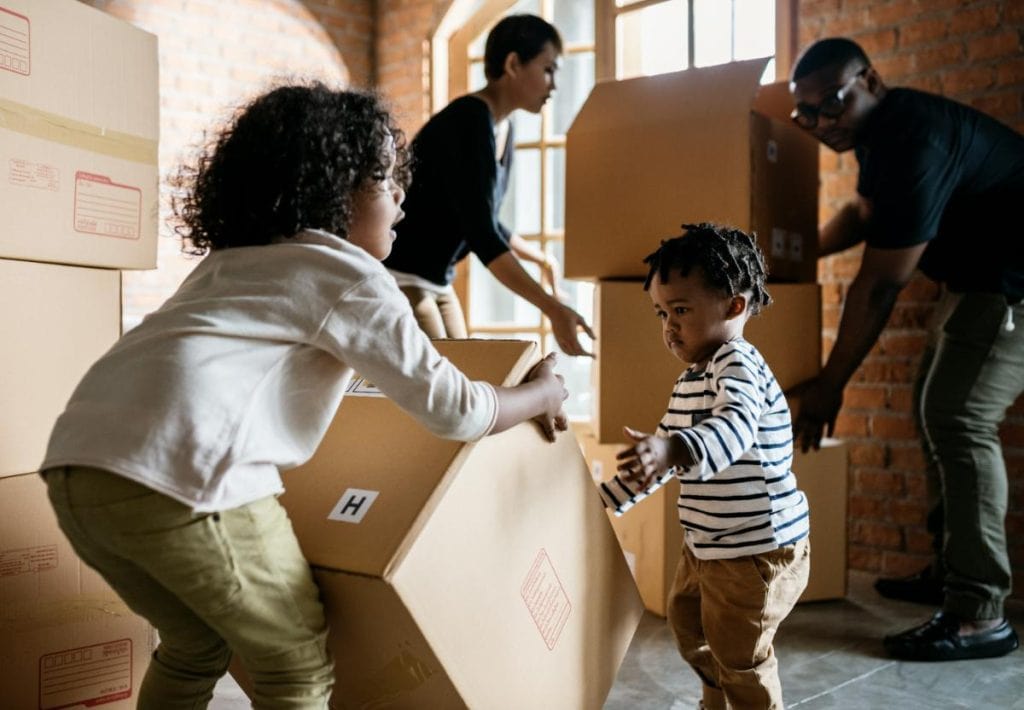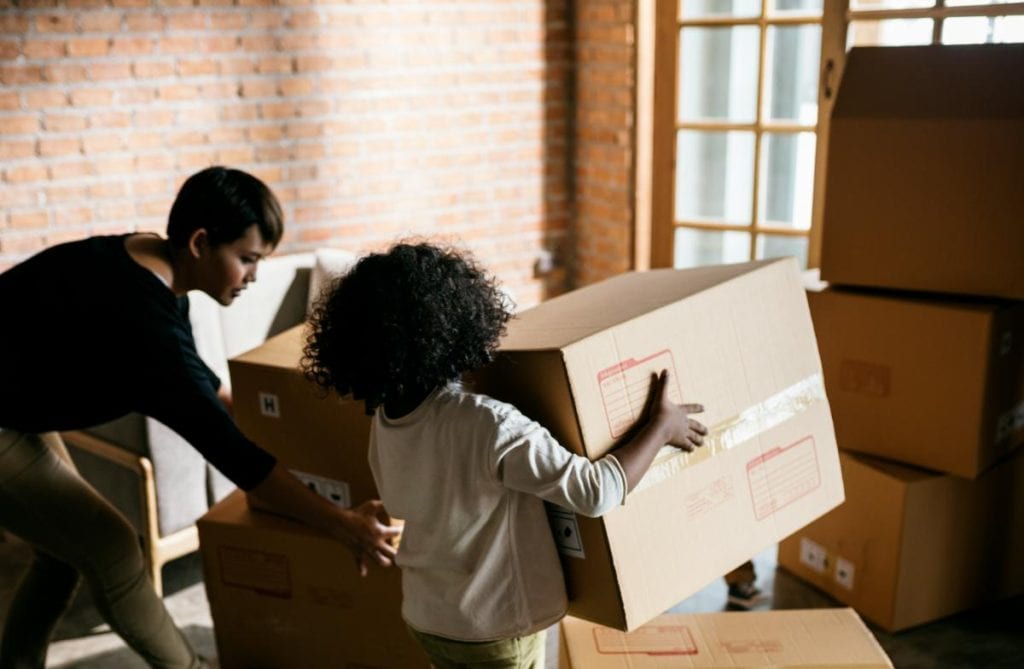You might never imagine yourself selling your house “as-is.” It probably wouldn’t be part of the plan. But between a whirlwind of packing, raising young kids, and prepping for a cross-country move, life can have other ideas. Suddenly, holding onto the illusion of perfection feels exhausting—and impossible.
If you’re trying to sell house fast in Cincinnati, going the “as-is” route might sound a little scary, but it can become the most practical (and sanity-saving) option. No renovations. No staging. Just honesty, chaos and all. What might start as a desperate shortcut could end up shifting your entire mindset—about home, parenting, and how much stuff you really need to be happy.

The Backstory: Why “As-Is” Might Become Your Best Option
Life has a funny way of throwing curveballs. Maybe your spouse lands the dream job, but it requires a cross-country move. Suddenly, your cozy Cincinnati home—filled with memories—needs a new owner, fast. Renovation? Staging? Forget about it. Even thinking about painting every room, ripping out the kitchen from 1987, or taming the backyard jungle feels overwhelming.
Selling as-is might feel risky, like leaving money on the table. Will buyers gag at the Pepto-Bismol pink bathroom? Will they run screaming from the crayon murals on the walls? Selling “as-is” means offering the house exactly as it stands. No fixing, no primping. You’re upfront about it: “What you see is what you get.” Sure, you might get a little less on the sale price, but the time and sanity you save? Absolutely priceless. And honestly, the sheer volume of “stuff” lurking in every corner can feel just as intimidating as moving itself. You’ll need a way out.
The Unexpected Silver Linings
Here’s where things start to get interesting: selling as-is can become a surprising catalyst for a total mindset shift.
Ditching the “Perfect” Fantasy
Maybe you had dreams of transforming your home into a Joanna Gaines masterpiece—new paint (greige, obviously), curated furniture, a backyard worthy of a magazine spread. But when the moving date looms large, reality hits.
Instead, you’re forced to embrace your home just as it is—lived-in, slightly chaotic, and perfectly imperfect. You realize just how much energy gets wasted trying to keep up appearances, chasing a flawless image. It’s exhausting—and honestly, unnecessary.
The Emotional Black Hole of Stuff
Then there’s the stuff. Packing feels like an archaeological dig. Forgotten toys, clothes you haven’t touched in years, half-finished craft projects gathering dust. Every item carries a memory, a story, or a “maybe someday.”
You’ll start asking hard questions: What do we actually use? What still brings joy? What are we dragging into the next chapter that’s just weighing us down?
All that extra stuff often represents outdated routines and abandoned dreams. A dusty treadmill mocking forgotten fitness goals. Cookbooks reminding you of dinner parties that never happened. Letting go becomes essential.
What Actually Matters? (Spoiler: It’s Not the House)
Here’s the biggest surprise: your kids? They probably won’t even notice the imperfections. They’ll grieve their friends, but the chipped paint and outdated appliances won’t faze them. Instead, they’ll find joy in the simple things—epic hide-and-seek games in empty rooms, forts built from cardboard boxes, spontaneous dance parties in the living room.
Kids don’t need a perfect house or fancy toys. They need your time, your attention, your messy, wholehearted love. Moments like an impromptu packing-paper castle can end up being the memories that truly matter.
Simplicity: The Accidental Byproduct
The sale isn’t just a transaction. It’s a total mindset reset for your family.
Packing as a Reality Check
Packing forces you to confront your habits head-on. You’ll clearly see the difference between what you actually use and what’s been gathering dust. (Spoiler: the avocado slicer probably didn’t spark much joy.)
You’ll end up asking each other, “Do we really want to bring this?” and, “Does this actually serve us?”
Kid-Friendly (Sort Of) Minimalism
Minimalism with kids might sound like a joke—but it’s not. As the clutter disappears, creative play increases. With fewer toys around, your kids are more likely to invent stories, build elaborate forts, and play together without screens.
You can start rethinking the playroom, swapping piles of plastic for open-ended toys like blocks and art supplies that grow with your kids.

Needs vs. Wants: A Family Affair
Pull your kids into the decluttering process. It won’t always be smooth (cue the “But I might need that someday!” protests), but these conversations about giving back and living with less plant seeds of gratitude and empathy.
You’re teaching them lifelong lessons about what truly matters—and trust me, they’re paying attention.
Practical Takeaways for a Simpler Family Life
What can you take away from an as-is selling adventure? Here are some practical lessons:
- Don’t wait for the “perfect” moment. Simplicity often comes from necessity. You don’t need a cross-country move to jumpstart change.
- Try a “mini-move” even if you’re staying put. Pack up one room. See what you actually miss. It’s eye-opening.
- Trust your kids’ resilience. They are stronger and more adaptable than you think.
- Focus on real life, not Instagram. Design spaces for your family’s daily life—not Pinterest-perfect guests.
- Model the values you want your kids to learn. They’ll see how you let go, how you adapt, and how you value people over possessions.
Where You Might Land: Simpler, Together
Your new home might be smaller. Simpler. With way less stuff. But guess what? You’ll feel lighter. Less stress. More connection. More time to just be together.
Try keeping the habits you learn along the way: monthly family declutter days, a “one-in, one-out” rule for toys, and regular “Do we really need this?” conversations.
You’ll find yourself focusing more on living fully than accumulating things.
You don’t have to sell your home as-is to start living simply. You can start today. Declutter one drawer. Have a family conversation about what really matters. Simplicity isn’t about deprivation—it’s about making space for the people, passions, and faith that truly enrich your life.
Take a look around the room you’re in right now. What still serves your family? What could you release to create more space—physically and emotionally?
The answers might just surprise you.
